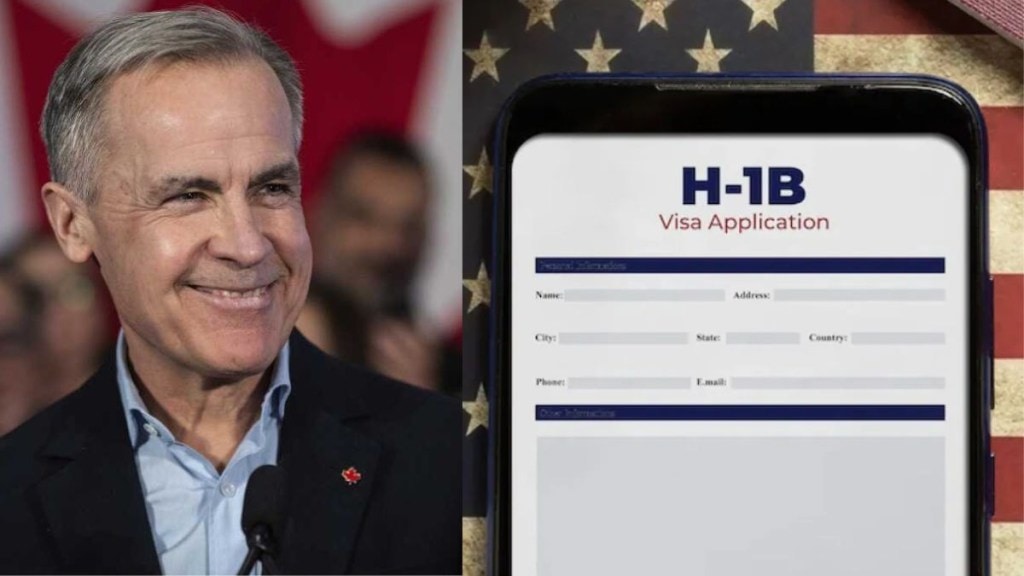Canada is stepping up its efforts to attract highly skilled tech professionals, including a significant number of Indian workers, as the US introduces a new $100,000 fee for H-1B visa applications.
This initiative is expected to open up fresh opportunities for international talent, especially those seeking alternatives to the rising costs and increasing barriers in the US job market.
In a prime-time address, Canadian Prime Minister Mark Carney announced that his government’s upcoming budget will announce a comprehensive immigration plan aimed at aligning intake levels with the country’s economic and social capacity.
The plan also includes a “talent strategy” designed to attract skilled professionals and improve innovation through training programs.
What are the proposed measures?
“To match immigration levels with our needs and our capacity to welcome them, this budget will include Canada’s new immigration plan to do better — for newcomers, for everyone,” Carney said.
He added that the plan would focus on expanding skills training and apprenticeships in science and innovation fields.
The proposed measures would provide skilled workers with streamlined pathways to Canadian immigration, including faster processing for families and reduced administrative hurdles, making the country an even more attractive destination for global talent.
Indian tech professionals, who have long been a key part of the global technology workforce, stand to benefit from these policy changes.
With many US companies, including Walmart, TCS, and Infosys pausing H-1B hiring due to the new visa costs, Indian graduates and mid-career professionals may now look to Canada as a viable alternative to further their international careers.
Trump’s $100k H-1B application fee
The Trump administration has introduced a hefty $100,000 fee for new H-1B visa applications, effective as of September 21, 2025.
The fee applies only to new H-1B visa applications, while those seeking extensions or transferring from a student visa to an H-1B are exempt.
White House stated that the move is part of an effort to protect American jobs and ensure that the H-1B visa program is used to “supplement, not replace” local workers.
However, the steep increase in costs has created uncertainty among technology firms that rely heavily on skilled foreign workers in fields like software development, engineering, and data science.
The new immigration plan is expected to provide the country with a more sustainable approach to managing the flow of skilled workers while addressing public concerns over capacity.

